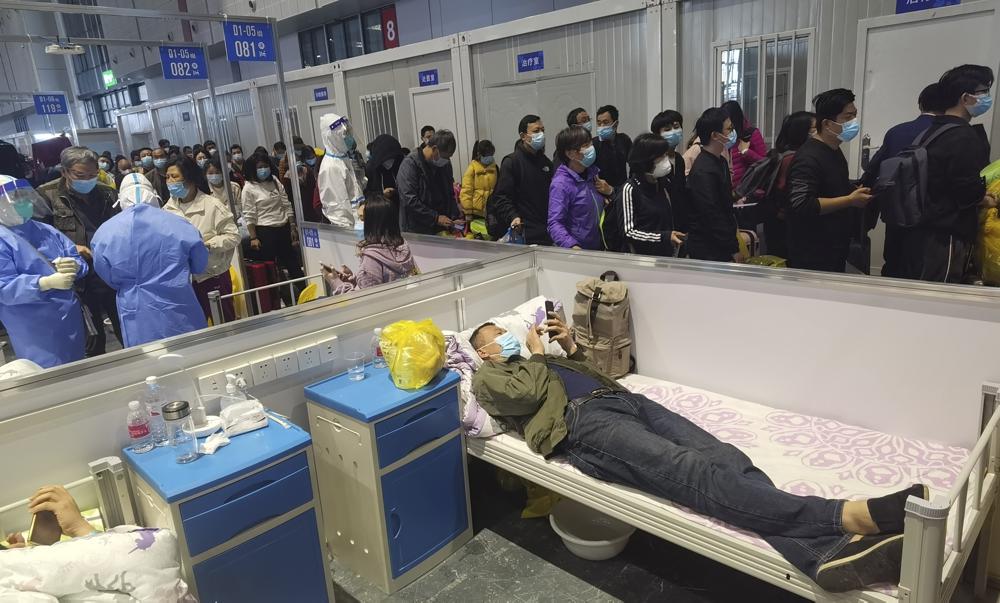

Lu Muying died on April 1 in a government quarantine facility in Shanghai, with her family on the phone as doctors tried to resuscitate her. She had tested positive for COVID-19 in late March and was moved there in line with government policy that all coronavirus cases be centrally isolated.
But the 99-year-old, who was just two weeks shy of her 100th birthday, was not counted as a COVID-19 death in Shanghai’s official tally. In fact, the city of more than 25 million has only reported 25 coronavirus deaths despite an outbreak that has spanned nearly two months and infected hundreds of thousands of people in the world’s third-largest city.
Lu’s death underscores how the true extent of the virus toll in Shanghai has been obscured by Chinese authorities. Doctors told Lu’s relatives she died because COVID-19 exacerbated her underlying heart disease and high blood pressure, yet she still was not counted.
Interviews with family members of patients who have tested positive, a publicly released phone call with a government health official and an internet archive compiled by families of the dead all raise issues with how the city is counting its cases and deaths, almost certainly resulting in a marked undercount.